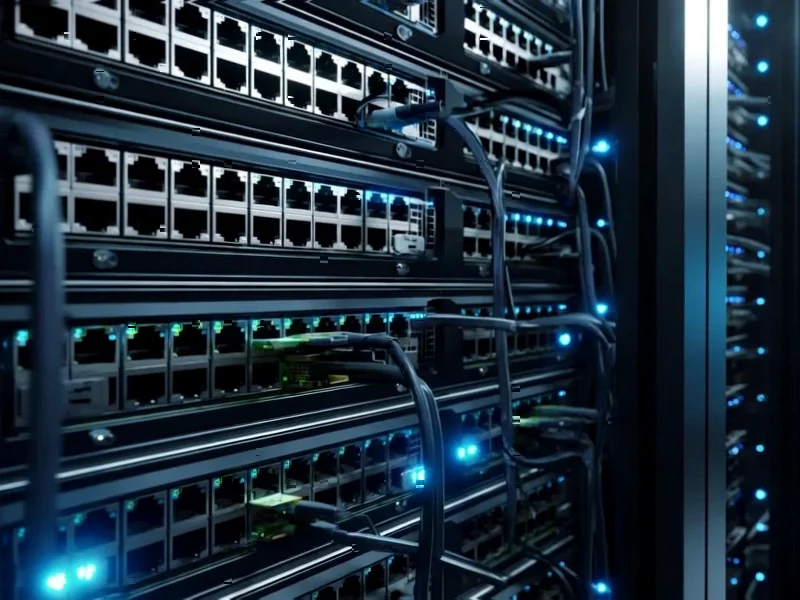According to Manufacturing.net, Trane Technologies has launched a comprehensive thermal management system reference design specifically engineered for the Nvidia Omniverse DSX Blueprint for gigawatt-scale AI data centers. The system delivers mission-critical temperature control while managing power, water and land resources, supporting the advanced cooling needs of Nvidia GB300 NVL72 infrastructure. The design integrates with Nvidia Omniverse for digital twins, allowing project developers to aggregate 3D data from disparate sources using OpenUSD. This announcement follows Trane’s September extension of its chiller plant control facility programming for modern data center needs. The partnership represents a critical response to AI’s escalating thermal demands.
The AI Thermal Crisis Nobody’s Talking About
What Trane and Nvidia aren’t emphasizing is that we’re approaching fundamental physical limits in heat dissipation. Current AI clusters are already pushing 50-100kW per rack, but Nvidia’s roadmap suggests we’ll see densities that make today’s systems look trivial. The problem isn’t just moving heat away from chips—it’s doing so without consuming more energy for cooling than for computation. When cooling overhead approaches 40-50% of total power consumption, the economic viability of AI inference starts collapsing. This isn’t a theoretical concern; we’re seeing real-world deployments where cooling costs are becoming the primary constraint on scaling.
The Digital Twin Promise vs. Reality
The integration with Nvidia Omniverse for digital twins sounds impressive, but digital twin technology has historically struggled with accurately modeling extreme thermal dynamics. The gap between simulation and reality becomes dangerously wide when dealing with failure scenarios and edge cases. What happens when a pump fails in a gigawatt-scale facility? How quickly can the system reroute coolant? These are life-or-death questions for multi-billion dollar AI infrastructure, and digital twins haven’t yet proven they can predict catastrophic failure modes with sufficient accuracy.
The Unspoken Water Crisis
Notice how the announcement mentions managing “water resources” but provides no specifics? That’s because water consumption for cooling is becoming the next major environmental battleground for AI. Traditional data centers already consume billions of gallons annually, and gigawatt-scale AI facilities could consume as much water as small cities. We’re already seeing communities push back against data center projects due to water usage concerns. Trane’s reference design will need to address not just thermal efficiency but water sustainability—and that likely means moving toward closed-loop systems that dramatically increase capital costs.
The Deployment Timeline Problem
Here’s the critical disconnect: Nvidia’s AI hardware roadmap moves at silicon speed, while thermal infrastructure moves at construction speed. Building gigawatt-scale cooling systems takes years—permitting alone can take 12-18 months. By the time Trane’s reference design becomes deployable at scale, Nvidia will likely have announced two more generations of even higher-density hardware. This creates a perpetual catch-up game where cooling infrastructure is always behind computational needs. The industry has seen this movie before with cryptocurrency mining, where thermal management became the bottleneck that limited profitability.
Broader Industry Implications
This partnership signals a fundamental shift in how we think about AI infrastructure. We’re moving from treating cooling as an afterthought to making it a primary design constraint. The companies that succeed in the AI era won’t necessarily be those with the best algorithms, but those who can physically manage the heat their computations generate. This could create unexpected winners in the HVAC and industrial cooling sectors, while traditional data center operators who can’t adapt may find themselves obsolete. The race is no longer just about compute—it’s about managing the physical consequences of computation at scales we’ve never seen before.




